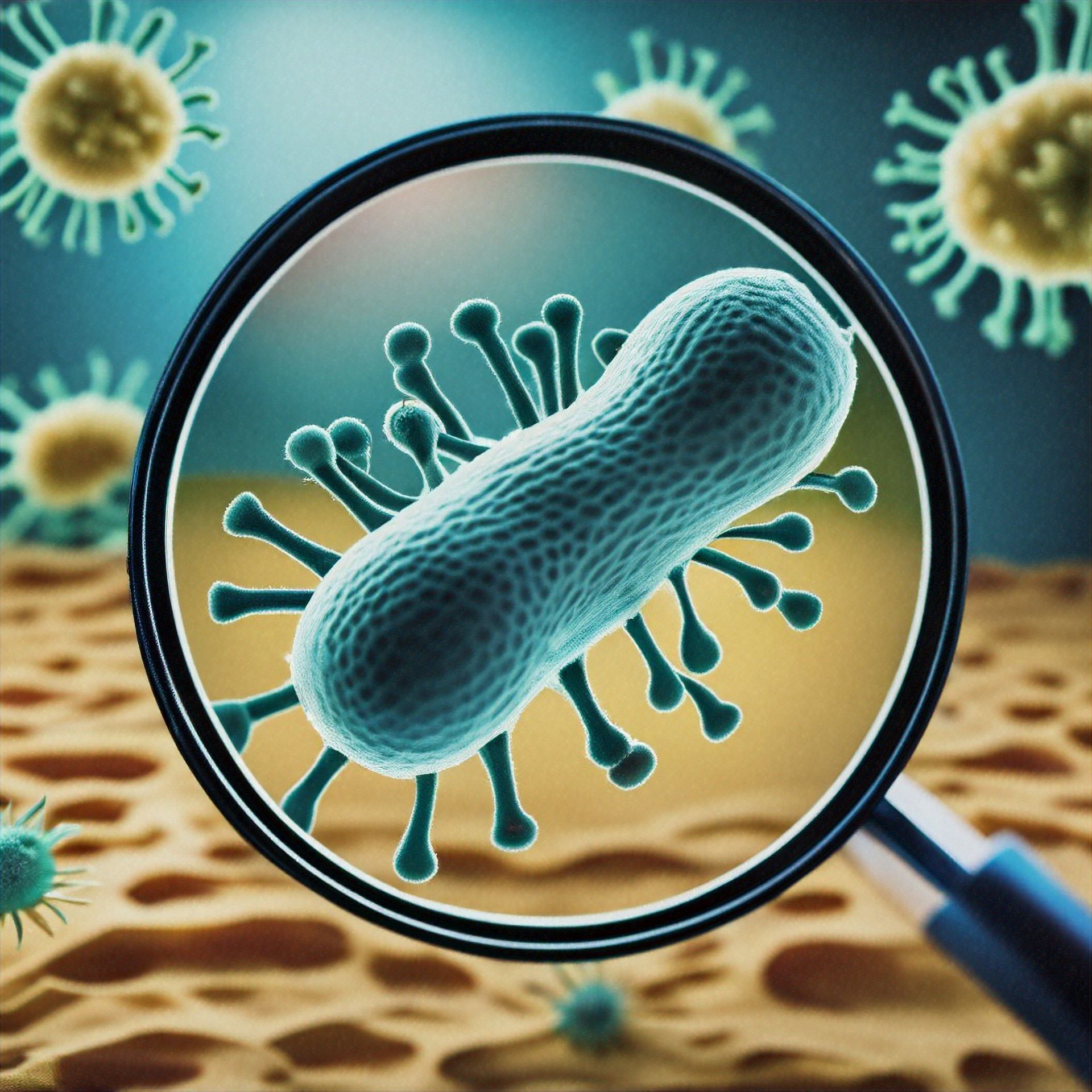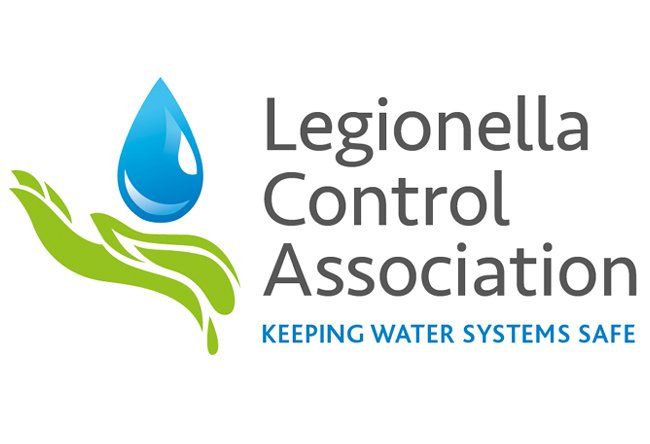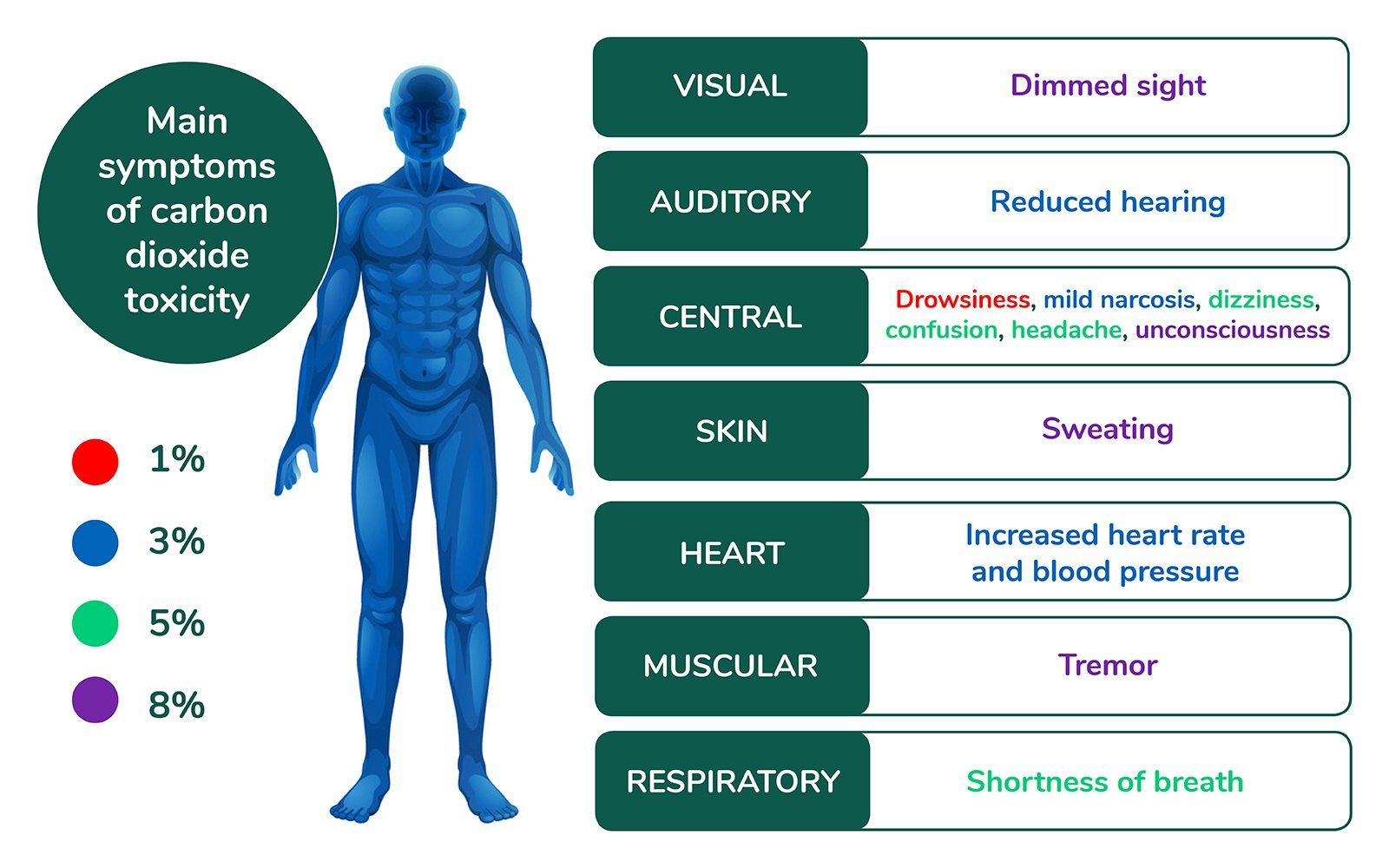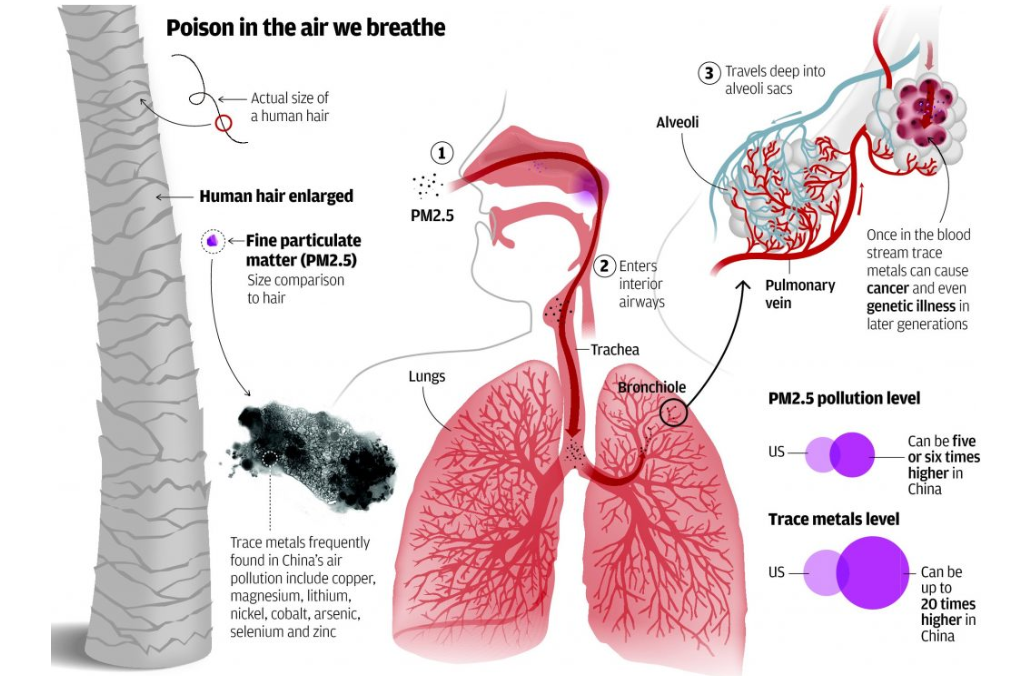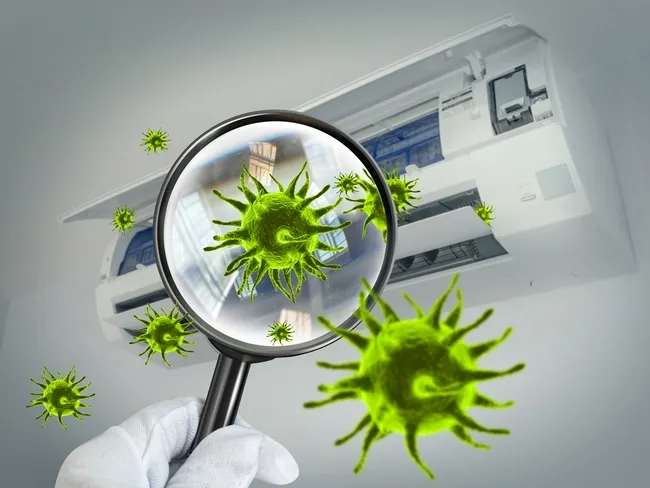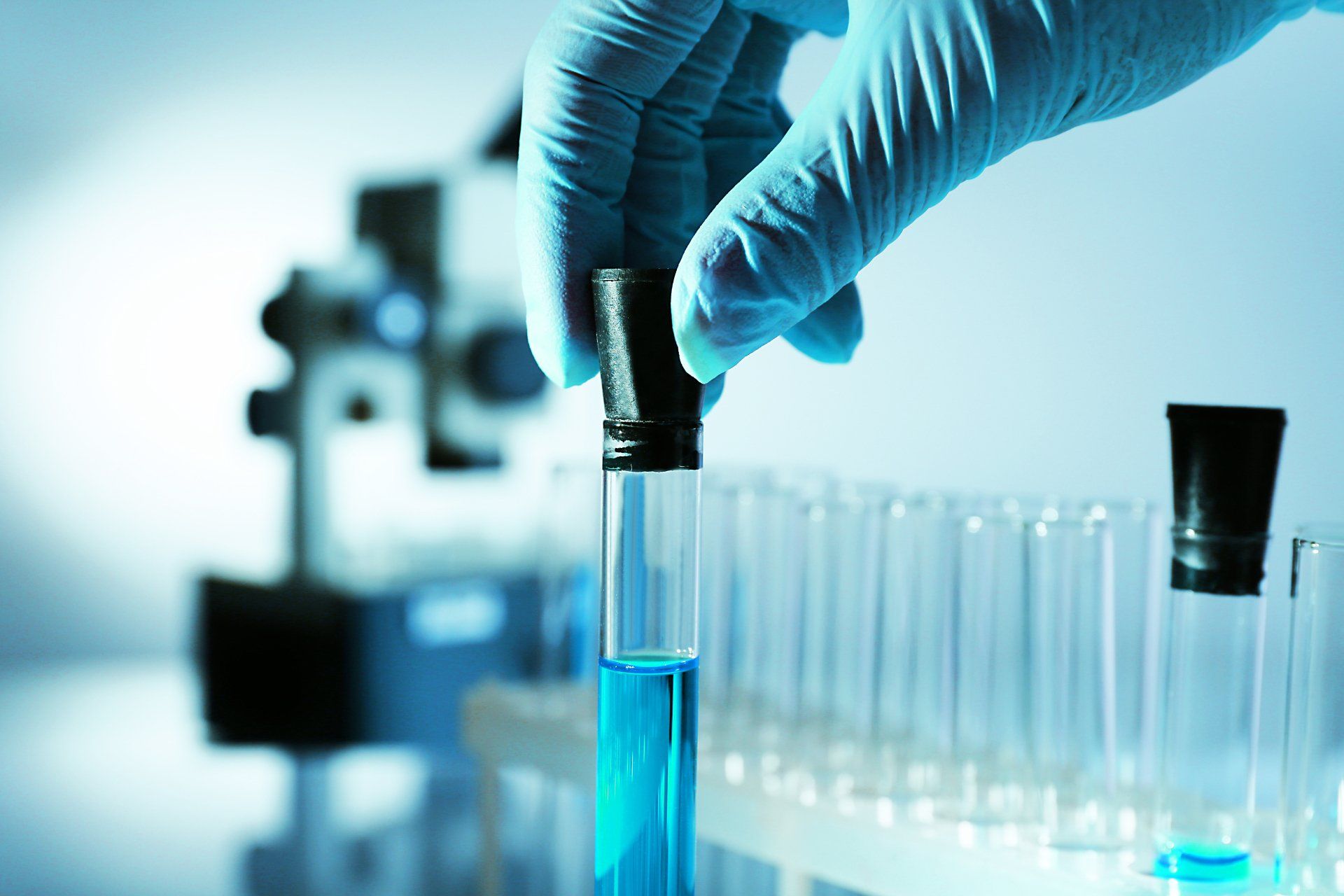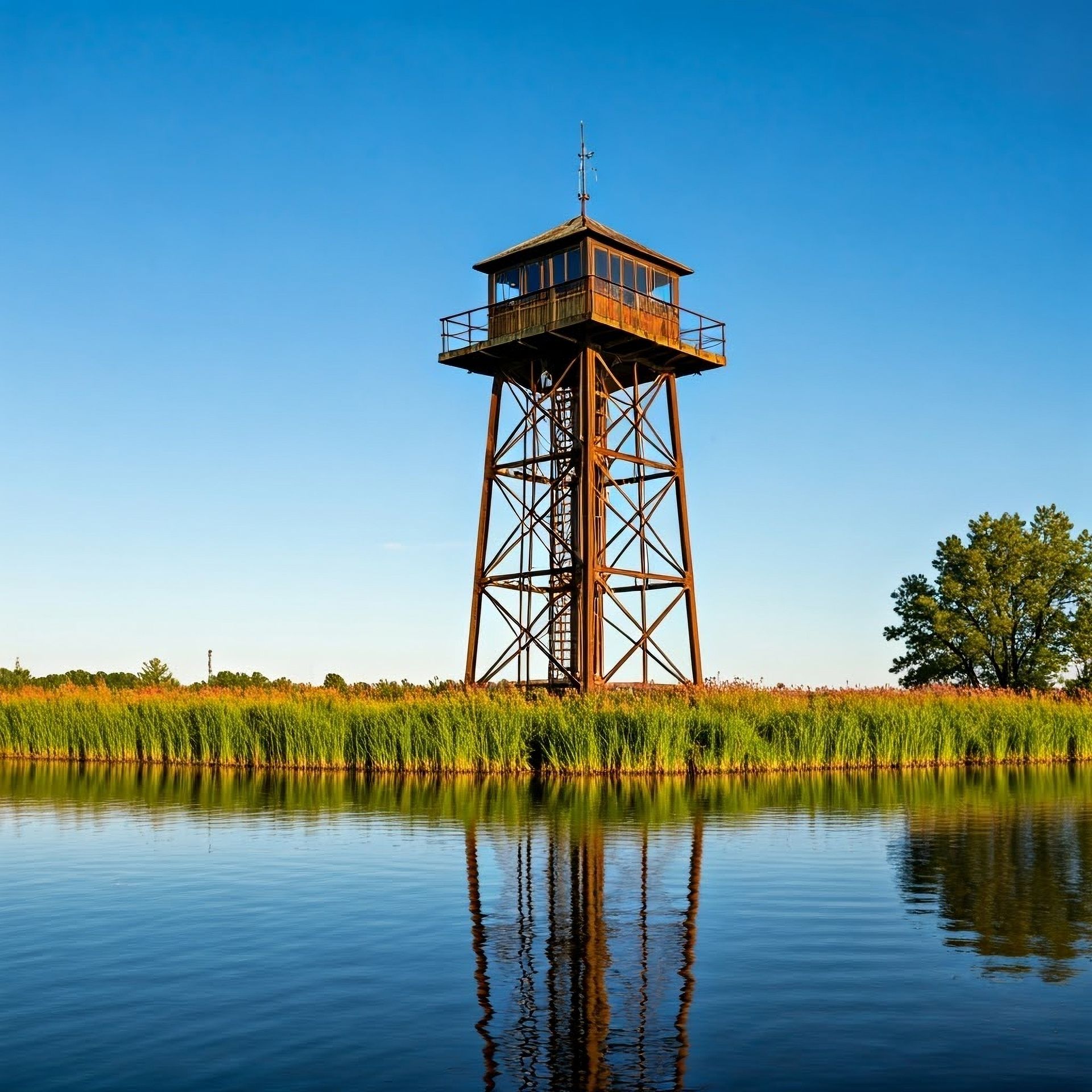How IoT sensors can help protect against legionnaires’ disease
Legionella Remote Water Temperature Monitoring
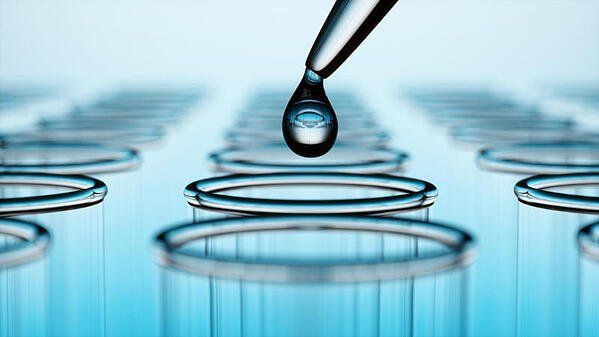
IoT sensors can help mitigate the risks posed by legionella by monitoring and maintaining safe water temperatures around the clock.
Legionella bacteria thrives in stagnant freshwater environments within a temperature range of 25 to 45°C. If legionella has the chance to propagate, it increases the risk of residents contracting legionnaires’ disease. The disease has similar symptoms to pneumonia, and can lead to death, particularly among older people.
Organisations and property owners across the UK are accountable to the UK’s Health and Safety Executive (HSE) to prevent the spread of legionella and other pathogens found in freshwater systems. This requires keeping freshwater outside the range for legionella growth – i.e. hot water should be above 45°C, and cold water below 25°C. It is vital that owners of properties like care homes, hospitality venues, and healthcare premises take proactive steps to mitigate the risk.
The limitations of conventional legionella control
The traditional approach to managing the risk involves having a professional visit the property, typically once per month, to measure water temperatures. This might sound straightforward enough, but it quickly gets very time-consuming for larger residential or commercial properties with hundreds of taps.
Furthermore, in the optimal environment, legionella can proliferate much faster than that. Also, given the nature of on-site visits, there is no credible means of auditing. Manual, paper-based reporting is cumbersome and error-prone, not to mention impractical to do on a regular basis.
Healthcare premises like hospitals, by contrast, often have an on-site employee to carry out regular checks and use chemical dosing to prevent legionella from spreading. However, this is hardly practical or affordable for small businesses and property owners, which nonetheless still need a dependable way to mitigate legionella risk in accordance with the HSE’s technical guidance document series HSG274.
How digitisation and automated monitoring solutions can help
Many property developers and owners have already started implementing internet-connected sensors and other devices to automate routine maintenance and report on events in real time. These same systems can and should be extended to maintaining water quality. For example, using sensors to measure the temperature of pipes at regular intervals gives property owners the chance to take corrective action before legionella and other pathogens have a chance to spread.
Because IoT systems work at machine speed, and are always connected to the internet, they can take hundreds of readings per month, rather than just one or two. The data collected also ensures you have an effective means of auditing, while automated alerts give you real-time visibility into what’s happening. In this respect, it works like a CCTV system, in that it records events which can be viewed remotely as they happen, while recordings are archived for future review and accountability.
Extending IoT sensors to the monitoring of water quality significantly reduces the manual work involved, while negating the risk of human error. Most importantly, proactive risk management helps keep your residents safe. As property owners and managers juggle with ever-increasing health and safety demands and administrative burdens, IoT ultimately helps them make more informed and timelier decisions and operate more resourcefully.

